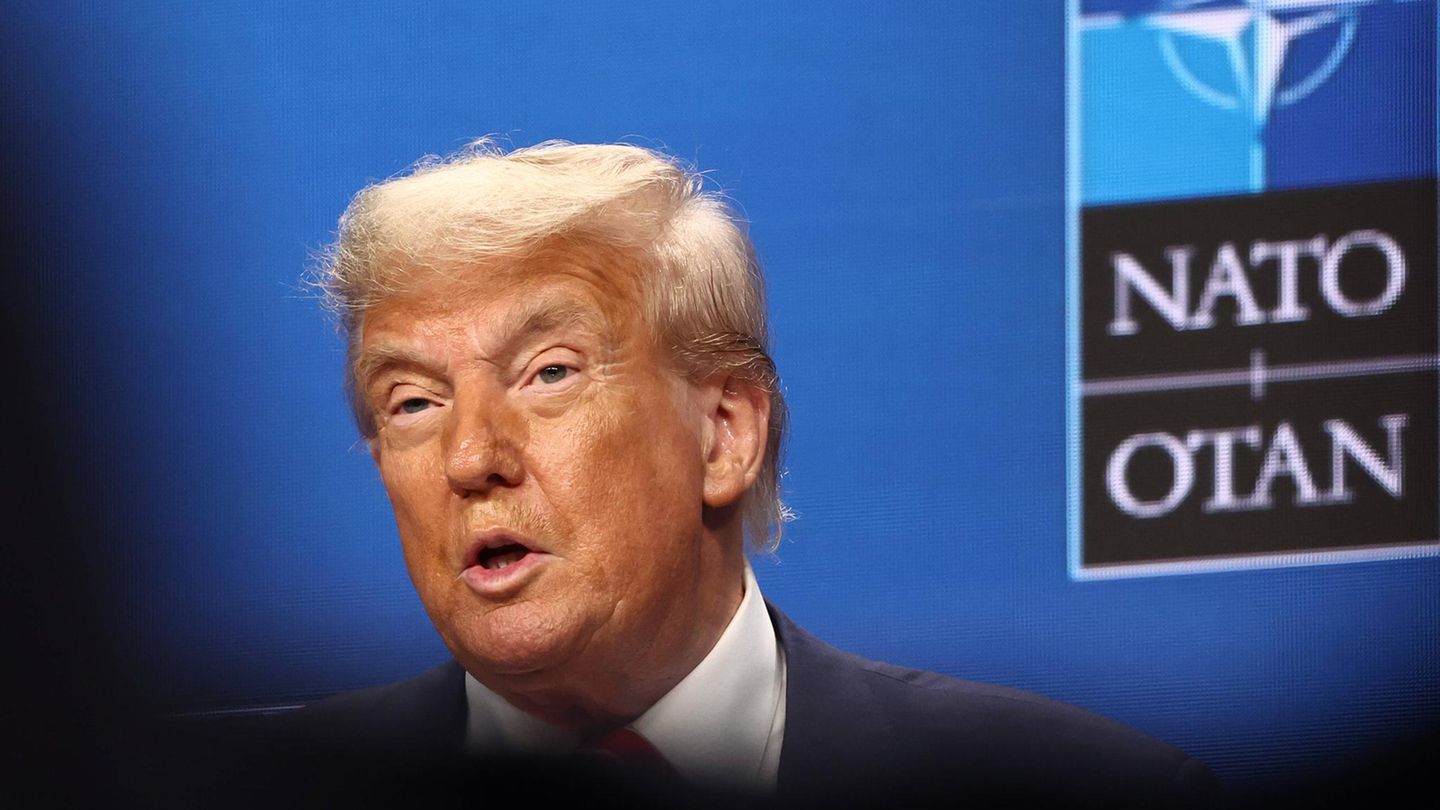War in the Middle East
What does the agreement between Israel and Hezbollah mean?
Copy the current link
For more than a year, Israel and Hezbollah have fired at each other and most recently fought direct battles in Lebanon. Now the violence should end – for now.
In the past few days, the mutual attacks between Israel’s army and the Lebanese Hezbollah militia have been particularly violent. Now an agreement is set to come into force on Wednesday morning that could mark the temporary end of the war. Tens of thousands in both countries hope to return to their homes and an end to the violence.
Questions and answers about the agreement:
What exactly does the agreement provide?
According to media reports in recent days, the agreement is based on the important UN Resolution 1701, which was intended to end the 2006 war between Israel and Hezbollah but was never fully implemented. The most important points therefore include:
an end to hostilities for an initial period of 60 days, a withdrawal of Hezbollah fighters to the Litani River, about 30 kilometers north of the Israeli-Lebanese border, the stationing of a total of 10,000 Lebanese army soldiers in the border area – 5,000 are already there, a gradual withdrawal of Israeli ground troops Lebanon takes steps to prevent Hezbollah from rearming itself
Who should monitor compliance with the agreement?
A group of states led by the USA together with France, Lebanon, Israel and the UN peacekeeping force Unifil, according to Israeli media reports. Unifil already has around 10,000 blue helmets stationed in the country, but has repeatedly failed to monitor the border area. With the new supervision there is hope that the points mentioned will be enforced more strictly in the future, possibly through sanctions for violations. However, there are still many open questions regarding implementation, says Lebanese Middle East expert Riad Chawahdschi of the German Press Agency. “We have the big topics of the agreement, but no details.”
What does the agreement mean for Lebanon and Israel?
In both countries, tens of thousands are waiting to return to their homes once the fighting has ended. In Lebanon, around 800,000 people were displaced by fighting, and hundreds of thousands more fled across the border into Syria. In Lebanon, people are hoping for better days in the face of a severe humanitarian crisis as a result of the war. After serious setbacks in recent weeks, Hezbollah has no choice but to agree to the ceasefire, says expert Chawahdji.
There should be relief in Israel when the heavy rocket fire from Lebanon ends. As a result, an estimated 60,000 Israelis had to be evacuated from the north, who can now return to their residential areas – provided the ceasefire holds. Israel had declared their return to be one of the war aims in the conflict with Hezbollah.
But there are also critical voices: coalition partners of the Israeli government were against the deal. Far-right Police Minister Itamar Ben-Gvir called it a “serious mistake” and said Israel was missing a historic opportunity to dismantle the weakened militia. In the end, however, he backed away from his threat to resign from the government in the event of a ceasefire and thus endanger the government of Prime Minister Benjamin Netanyahu.
In the conflict between Israel and Hezbollah that has been going on for decades, it will once again be a major challenge to bring about a long-term end to the fighting. After more than a year of heavy mutual shelling and devastating Israeli attacks in Lebanon, there is great skepticism on both sides. 60 days for the withdrawal of Israel’s ground troops – around two months – is a long time with plenty of room for errors, violations or disputes over implementation details.
According to media reports, in order to protect itself against renewed fire from Hezbollah and to maintain the upper hand militarily, Israel secured itself through the USA. The outgoing administration of US President Joe Biden has promised Israel that it will support further military operations against the militia if it does not abide by the agreement. If the Lebanese army and the UN mission Unifil remained inactive here, Israel would then have the backing of the USA for renewed and further attacks. However, this letter is not part of the agreement between Israel and Hezbollah.
Is there now peace in the entire region?
No. The war between Israel and Hamas in the Gaza Strip, which borders southern Israel, continues. The trigger was the unprecedented terrorist attack by Hamas on Israel on October 7, 2023. Hezbollah in turn attacked Israel in support of Hamas. With the agreement, it has now decoupled its conflict with Israel from the war in Gaza. The militia had previously declared that there would only be a ceasefire when the Gaza war ended.
The agreement, which is independent of Hamas, means above all a preliminary and indirect agreement between Israel and Iran, Hezbollah’s main backer. However, the two arch-enemies have by no means resolved their conflict. It is also unclear how Israel will behave towards Hezbollah and the region as a whole after the new US President Donald Trump takes office in January. The end of the 60-day period of the negotiated agreement will fall during his term of office. How the situation will then develop can only be guessed at.
dpa
Source: Stern
I have been working in the news industry for over 6 years, first as a reporter and now as an editor. I have covered politics extensively, and my work has appeared in major newspapers and online news outlets around the world. In addition to my writing, I also contribute regularly to 24 Hours World.




